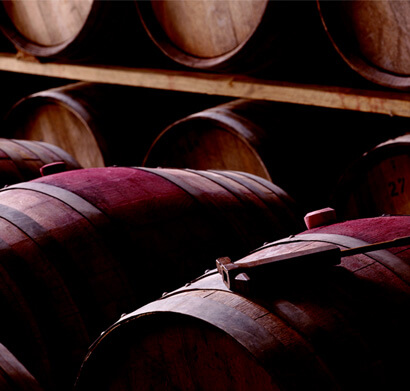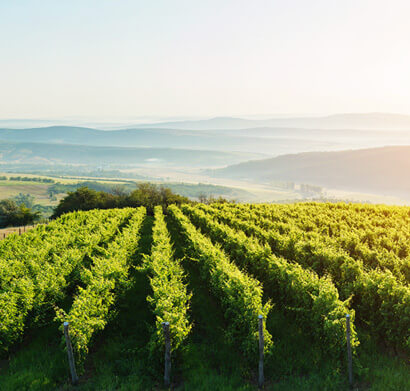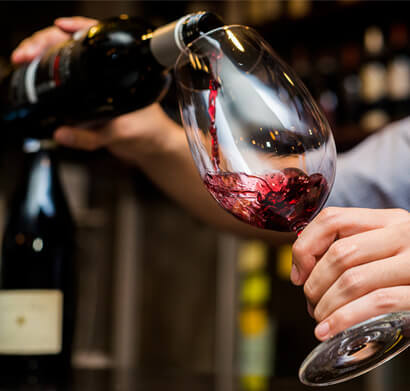Découvrez nos autres vins disponibles dans la catégorie Cheval des Andes


Cheval des Andes est la rencontre entre le savoir-faire de Cheval Blanc, Premier Grand Cru classé A de Saint-Emilion, et le terroir d'altitude de Terrazas de los Andes à Mendoza en Argentine.
Fondé en 1999, il s'étend sur un vignoble de 50 hectares au pied de la Cordillère des Andes, où chaque cépage est planté dans un terroir soigneusement sélectionné pour révéler tout son potentiel.
Les vins sont élaborés à partir de Malbec, le cépage phare argentin, de cabernets, merlot et petit verdot et expriment tout le raffinement du style franco-argentin.

Score : 98 / 100
Publish Date: Saturday, May 21, 2016
The purity of fruit is so impressive here with flowers, dark fruit, and strawberries. Full body, ultra-fine tannins, and a focus and beauty that makes you think. So long and elegant. 67% malbec, 25% cabernet sauvignon and 8% petit verdot.
Rating : 96 / 100
Drink Date : 2016 - 2023
Reviewed by : Luis Gutiérrez
Issue Date : 30th Dec 2016
At Cheval des Andes they consider 2013 as a warm vintage, because even if the winter saw average temperatures, the spring and summer were warmer than normal. The 2013 Cheval des Andes came up to 67% Malbec, 26% Cabernet Sauvignon and 7% Petit Verdot mostly from their vineyards at Las Compuertas at some 1,1000 meters altitude and some fruit from their 15 hectares at La Consulta in the Valle de Uco, that they use when they don't find it too ripe. Even if they tend to pick early, the bottled wine is a ripe and heady blend hitting the scale at 15% alcohol fermented relatively warm (28 degrees Celsius) for some 25 days. After malolactic in tank, all different lots go into barrel and they try to make the blend as soon as possible, usually during the first winter so the wine ages together for some 15 to 18 months in French oak barriques. They have reduced the amount of new wood used (only 30%) to avoid overwhelming the fruit with aromas but providing complexity and clarifying the wine naturally. From this vintage onward they have been able to not acidify the wine, as they changed their approach to viticulture, and they are now able to burn the green notes and harvest early, with natural acidity and lower alcohol. The key to this is to get something like 30-35 hectoliters per hectare. I think this is absolutely the right approach, and this change started in 2010--with 100% estate fruit, no oenological products used, fresh maturity without greenness through lower yields. In 2013, they consider they have achieved what they want, but kept improving in 2014, 2015 and 2016. The 2014 had just been bottled and I didn't have the chance to taste it, but they told me they prefer 2014 to 2013. If that is the case, 2014 should be mind-blowing, because 2013 is simply superb. To Pierre Olivier Clouet, another key point is how to manage irrigation. The result of all this is more and more precise wines, with greater definition, purity and freshness. They are also avoiding residual sugar, so the wines are completely dry. They also started to work with 500-liter oak barrels, trying to find the integration of the oak keeping the percentage of new barrels but using larger ones. Malbec is quite sensitive to oak, and again, this approach has worked perfectly here. Finally, they are also moderating extraction, with a longer maceration but less pumping over, because with too much pumping over you have the risk of extracting too much dry tannin. It has great balance and freshness, with great elegance, and super-refined tannins. I've never tasted such an elegant Cheval des Andes, all about finesse and balance. Bravo to the new team! I'm really looking for ward to tasting the following vintages. 70,000 bottles produced. It was bottled in March 2015.
La récolte 2013 a été l'une des plus importantes de ces dernières décennies en termes de quantité et de qualité, grâce à l'absence de facteurs de risques climatiques. La saison a été caractérisée par un certain nombre de jours chauds - avec des températures supérieures à 30°C - bien au-dessus de la moyenne historique. Nous avons donc dû relever le grand défi d'éviter la surmaturité, la concentration et l'opulence excessives, afin de préserver l'équilibre naturel et la fraîcheur des vins du Cheval des Andes. La clé était de bien définir la date de récolte. Nous avons récolté avec souplesse et rapidité pour obtenir un équilibre aromatique entre les fruits rouges et les épices et un degré d'alcool modéré. Pendant la période de maturation, les nuits dans nos vignobles ont été très fraîches, l'acidité naturelle a donc été préservée.
----------
Harvest 2013 has been one of the most important in recent decades in terms of quantity and quality, thanks to the absence of climatic risk factors. The season was characterized by a number of hot days – with temperature over 30°C – well above the historical average. Therefore, we had to face the great challenge of avoiding over-ripeness and excessive concentration and opulence, in order to maintain the natural balance and freshness typical from Cheval des Andes wines. The key was to carefully define the harvest date. We harvested flexibly and quickly to achieve an aromatic balance between red fruits and spices and moderate levels of alcohol. During the ripening period, the nights in our vineyards were very cool, so natural acidity was preserved.